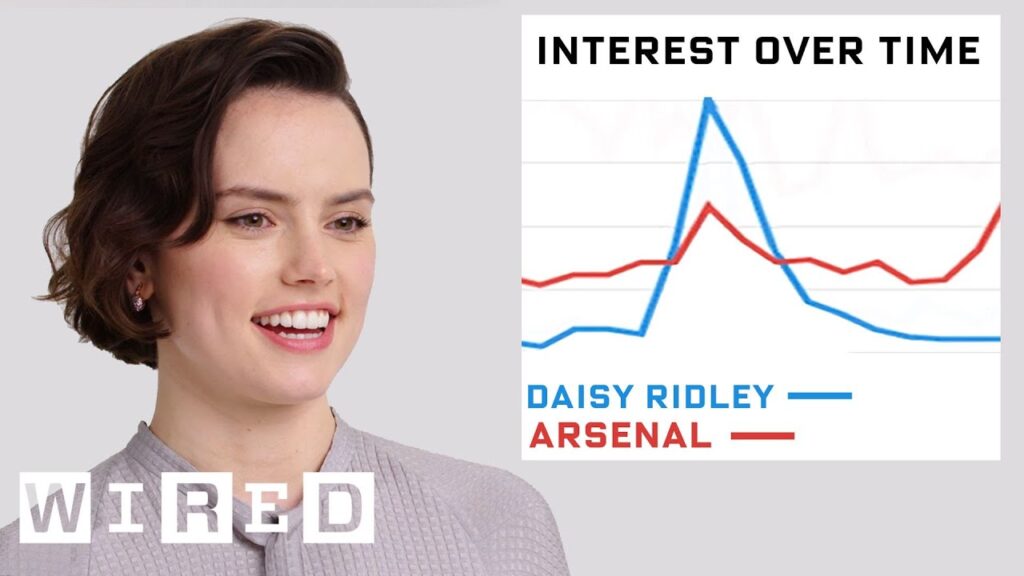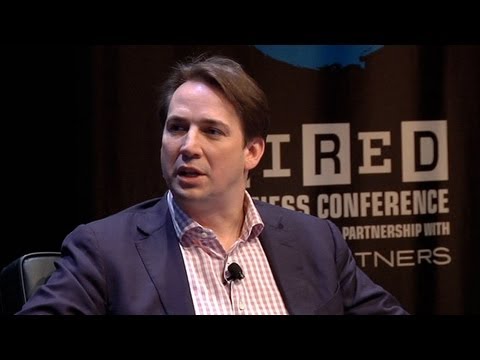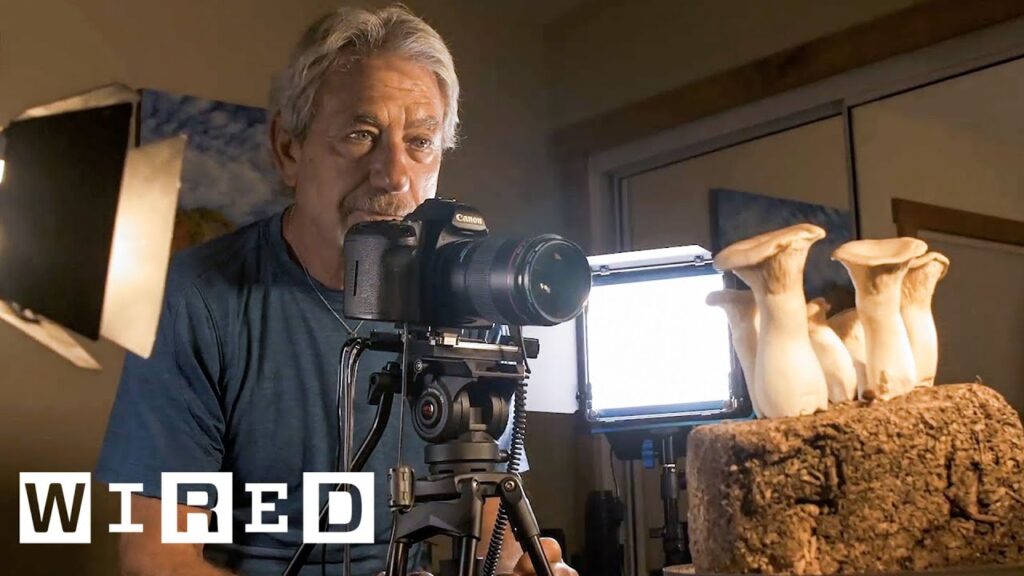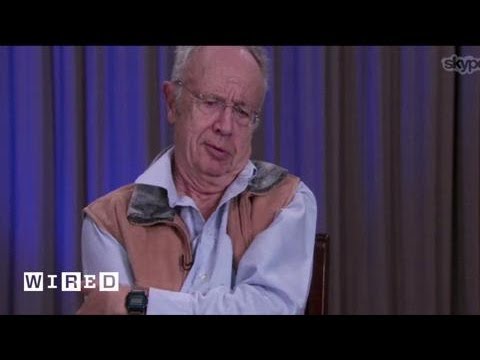The Crucial Role of Non-Verbal Communication in Political Debates
Summary
In this article, we explore the importance of non-verbal communication in political debates. Joe Navarro, a former FBI spy catcher and non-verbal communication expert, highlights the significance of body language, facial expressions, and gestures in conveying a message and influencing the audience’s perception. The article emphasizes that non-verbal communication is not a shorthand for deception but an integral part of communication.
Table of Contents
- The Significance of Non-Verbal Communication in Political Debates
- Revealing Non-Verbal Behaviors in Political Debates
- The Impact of Gestures on Perception
- Examples of Non-Verbal Communication by Political Figures
- Conclusion
The Significance of Non-Verbal Communication in Political Debates
Joe Navarro emphasizes that non-verbal communication plays a crucial role in political debates. Politicians rehearse their outfits, gestures, and facial expressions to create a theatrical performance that will appeal to the audience. Navarro looks for everything involved in non-verbal communication, from bogus gestures to the distance between the debaters, the color blue in the background, and the lapel pin of the American flag. He uses body language to supplement and confirm what he is seeing and to detect any signs of discomfort, hesitation, lack of confidence, or inconsistency between words and gestures.
Revealing Non-Verbal Behaviors in Political Debates
Non-verbal communication, such as hand gestures and facial expressions, can reveal a person’s true feelings and intentions. The touching of the eye with the fingers is a blocking and comforting behavior that signals discomfort or regret. Political debates can also reveal non-verbal behaviors, such as when President Trump walked behind Hillary Clinton during a debate, which can trigger a limbic response. Authenticity is revealed through non-verbal communication, and gestures and communication are intertwined. Humans are sensitive to non-verbal cues, and gestures can impact how a message is received.
The Impact of Gestures on Perception
Hand gestures, such as the open palm gesture, can show openness and receptiveness, while the baton gesture can signal pushing away. Touching the heart or chest can be seen as an honesty display, but it can be used by both guilty and innocent individuals. Some politicians rehearse their hand gestures, while others rely on their natural gestures. Gestures can convey meaning and influence perception, and they are a fundamental aspect of communication that people use and respond to regularly.
Examples of Non-Verbal Communication by Political Figures
The article discusses how non-verbal communication is used by political figures such as Donald Trump and Joe Biden. Trump is noted for his use of finger pointing, eyelid blocking, lip pursing, and territorial displays. Biden, on the other hand, is noted for his lip touching and furrowing of the brow when making a point. The author emphasizes that these gestures are not a shorthand for deception but rather an integral part of communication that can convey meaning and influence perception.
Conclusion
In conclusion, non-verbal communication plays a crucial role in political debates. Politicians rehearse their outfits, gestures, and facial expressions to create a theatrical performance that will appeal to the audience. Non-verbal behaviors can reveal a person’s true feelings and intentions, and gestures can convey meaning and influence perception. Non-verbal communication is not a shorthand for deception but an integral part of communication that people use and respond to regularly.






